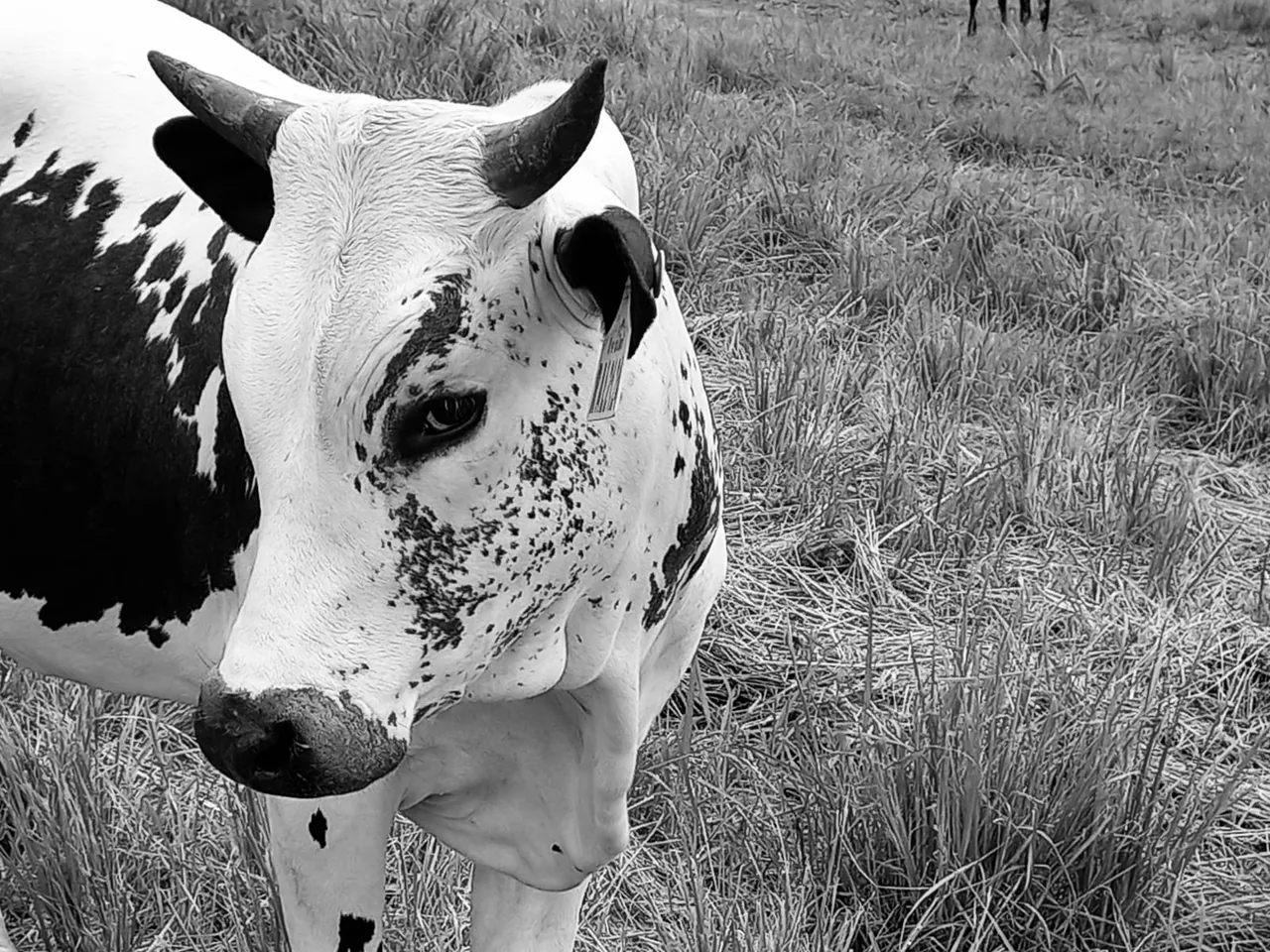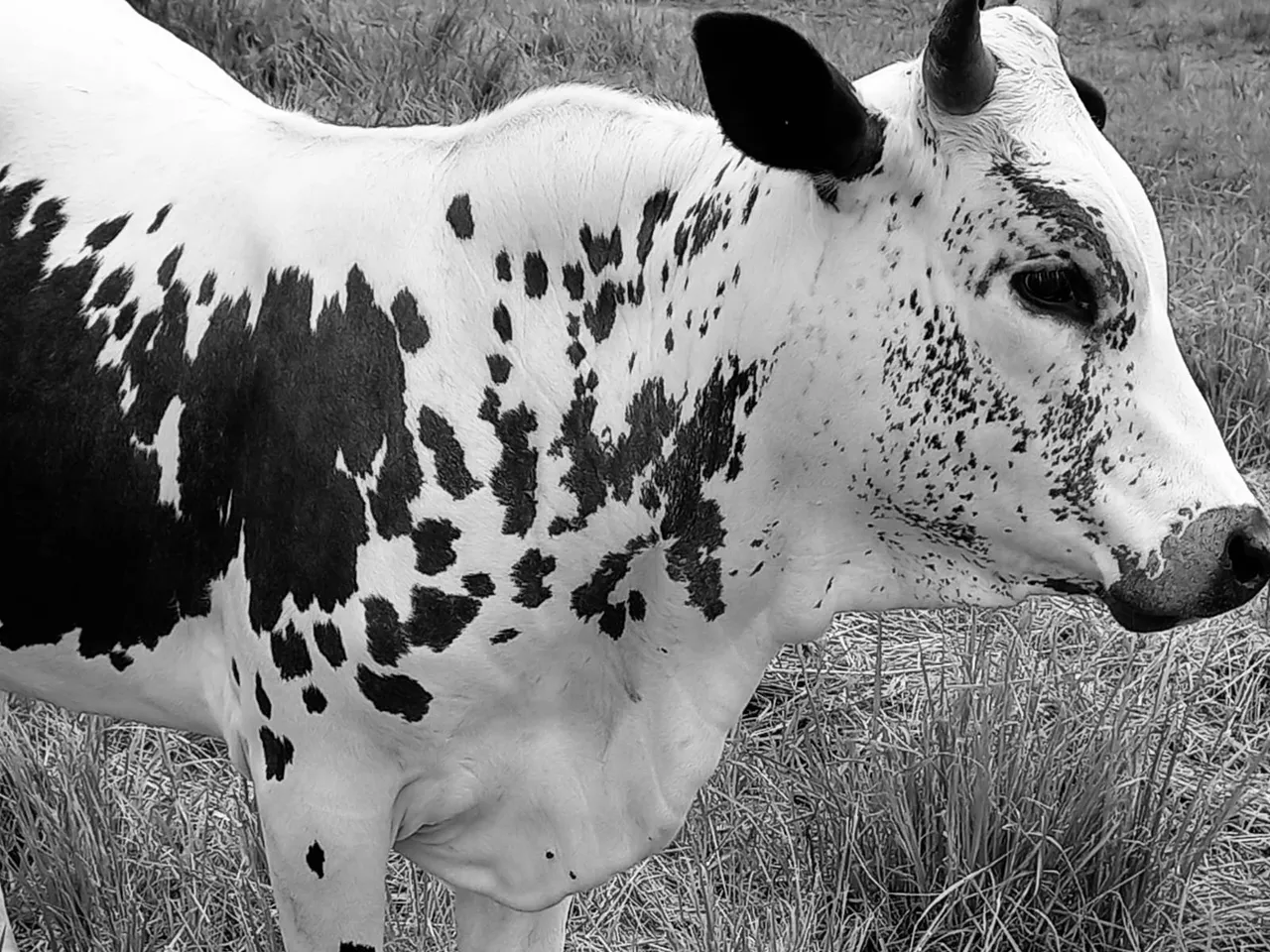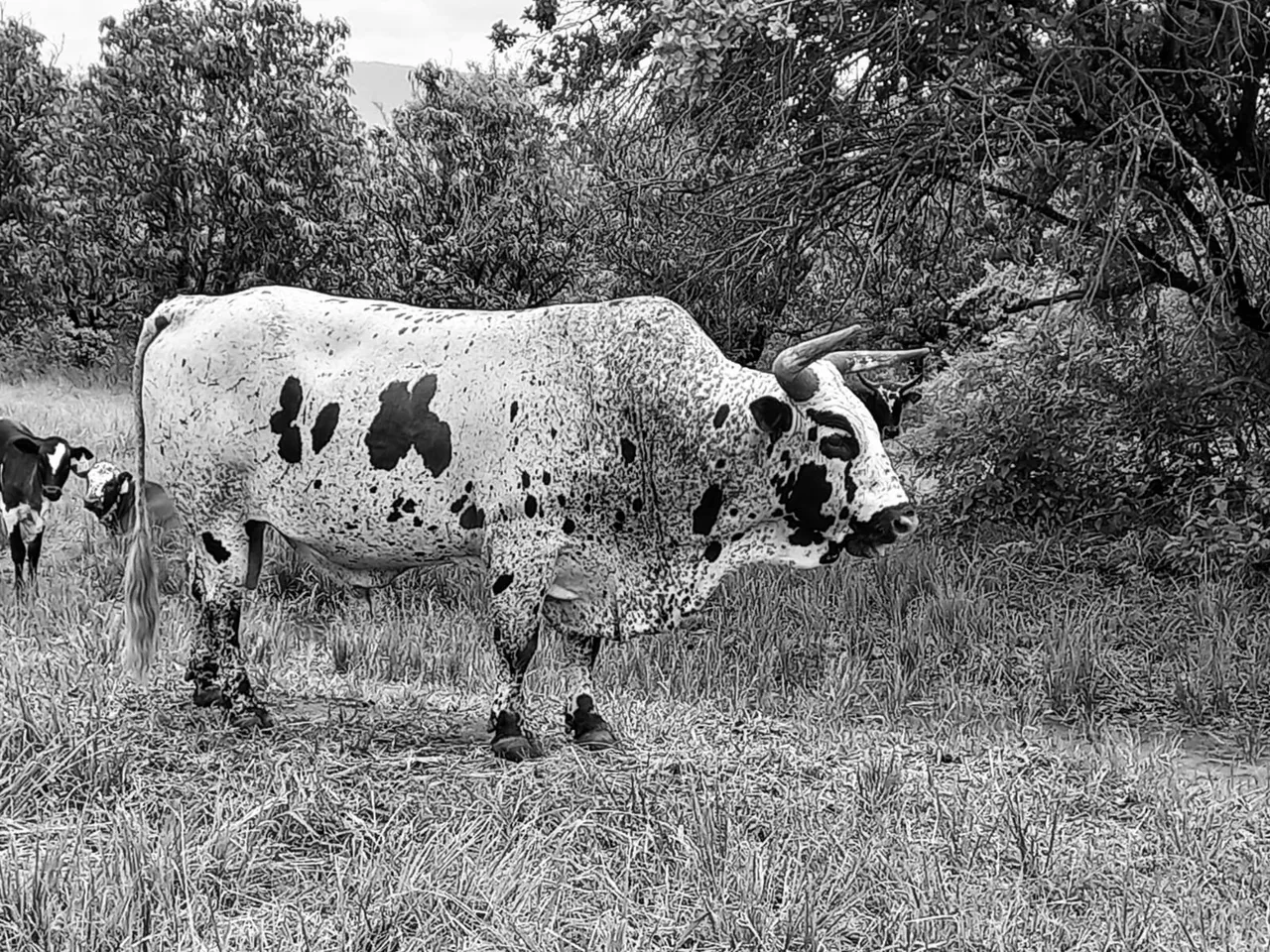This is my entry for the #monomad challenge. To enter or view the original challenge post click here
Throughout the ages, South Africa has designed its own unique flavor with a culmination of various integrated cultures. The heritage of this country is one of a richly diverse nature rooted in universal origins. And when it comes to indigenous livestock, it is no different.

Nguni cattle are a breed like no other. This indigenous South African breed of cattle stems from the hybridization of multiple Indian and later European cattle breeds acquired by the Nguni people during their migration from the north to the south of Africa.
The most defining characteristics of these cattle are their sleek and glossy mottled skin, black noses, and varying horn shapes. And although these cattle are mostly bred for meat, their skins have become a very sought-after commodity worldwide.

Over the years Nguni has adapted to function, breed, and thrive in the harsh conditions provided by the African bushveld, and they are known to have a good fertility rate and a resistance to diseases and can tolerate the extreme heat of the African sun. This is truly a case of 'form follows function'. On a continent where every aspect of nature, such as grazing conditions, climate, parasites (internal and external), and predation is designed to kill you, it is worthwhile to have livestock that is resilient, strong, adaptable, and fertile.

They are medium-sized cattle with bulls easily weighing between 500kg - 600kg and cows between 300kg - 400kg each.
Despite their aggressive appeal, these cattle are a placid breed, wonderful to work with, and admirable for their aesthetic appeal.
These pictures of the Nguni calf and Bull were taken by myself in Limpopo, South Africa.
You can read more about the Nguni cattle and its origins here and here